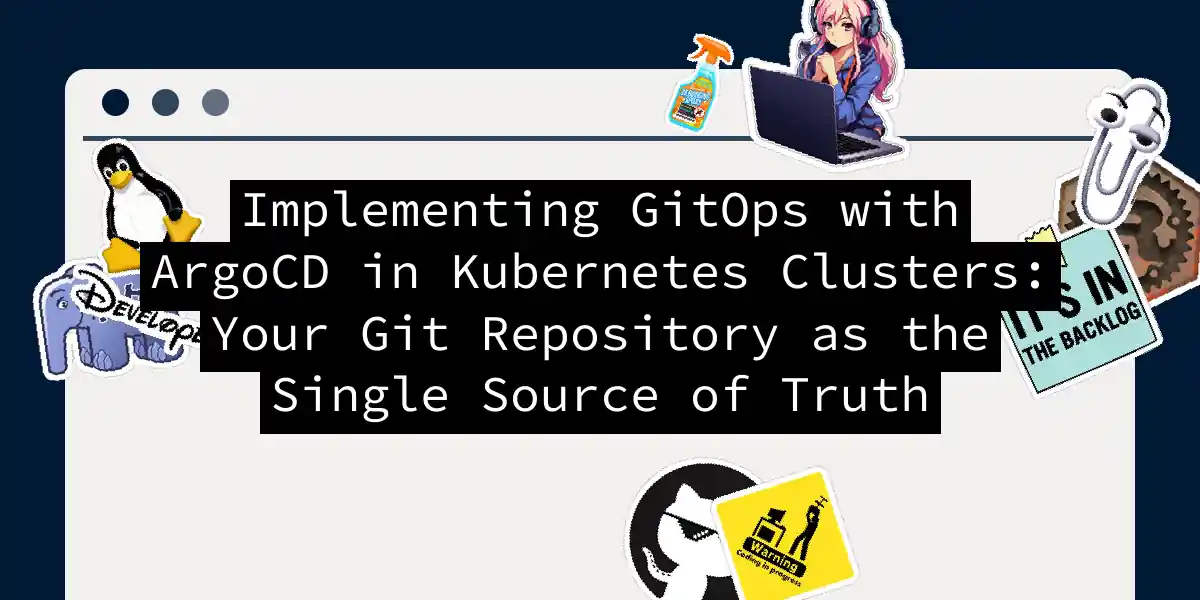
Implementing GitOps with ArgoCD in Kubernetes Clusters: Your Git Repository as the Single Source of Truth
Picture this: you’re managing a Kubernetes cluster, and every deployment feels like playing Russian roulette with YAML files. One misplaced indent, and suddenly your production environment is having an existential crisis. Sound familiar? Well, grab your favorite caffeinated beverage because we’re about to dive into the world of GitOps with ArgoCD – where your Git repository becomes the ultimate puppet master of your Kubernetes destiny. What Exactly is GitOps, and Why Should You Care?...



